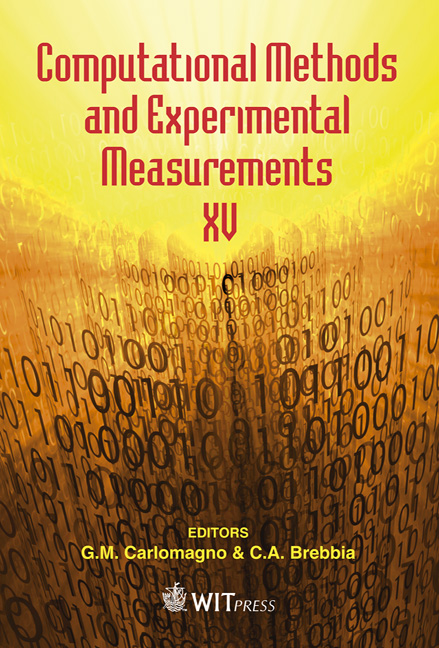Simulation Of Intergranular Crack Nucleation And Evolution In Polycrystal Metals On Mesoscale
Price
Free (open access)
Transaction
Volume
51
Pages
12
Page Range
589 - 600
Published
2011
Size
957 kb
Paper DOI
10.2495/CMEM110521
Copyright
WIT Press
Author(s)
G. Shi & G. Renaud
Abstract
This paper presents research on the development of a simulation method for the study of the mechanisms of intergranular crack nucleation and propagation in polycrystal metals on the mesoscale. Microstructural geometry models were built randomly using Voronoi techniques. Based on these grain structure geometry models, two-dimensional grain structure finite element models were created using a Patran Command Language (PCL) program. Techniques for the implementation of the cohesive elements between grain boundaries were developed in PCL for the generation of two-dimensional cohesive models. Simulations on intergranular crack nucleation and evolution along grain boundaries using two-dimensional finite element cohesive models were carried out on the mesoscale level. Several aspects that affect the crack nucleation and propagation were studied, which included random grain geometries, grain boundary misorientations, grain boundary peak strength, grain boundary fracture energy, grain properties, and grain plasticity. The simulations demonstrated that the cohesive model is a useful and efficient modeling tool for the study of the intergranular crack nucleation and evolution on the mesoscale level. The simulation results showed that the factors studied have large impacts on intergranular crack nucleation and evolution based on the current model capabilities and conditions. Keywords: intergranular crack nucleation and evolution, cohesive zone model, polycrystal metals, mesoscale.
Keywords
intergranular crack nucleation and evolution, cohesive zone model, polycrystal metals, mesoscale





